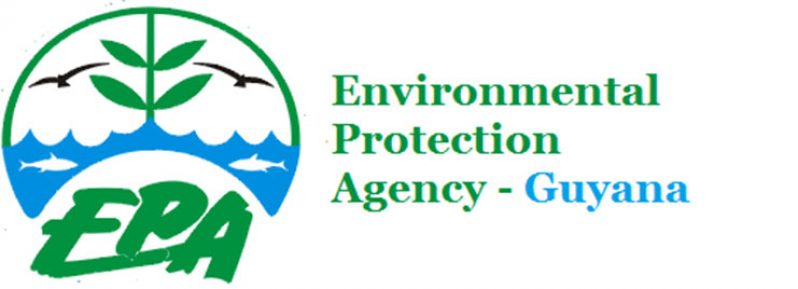YESTERDAY, the world celebrated World Health Day under the theme “Universal Health Coverage” to spread the message of providing health for everyone, everywhere. As defined by the World Health Organisation (WHO), health not only addresses the absence of disease but a complete state of physical, mental and social well-being. Achieving the highest attainable standard of health is, in fact, a human right.
It is important to note that, continuous relations between the environment and poor health outcomes has in fact led to global initiatives such as the Millennium Development Goals (MDGs) and now the Sustainable Development Goals (SDGs). These have specific targets for environmental health, a key feature of wellbeing. Providing an environment free of excess disease and risk factors is also high on the national agenda. In fact, it is an important consideration in the Green State Development Strategy which stresses the role of a healthy and happy population in moving toward a green state.
Keep your environment healthy
Key to achieving Universal Health Coverage, in addition to having equal access to services and health knowledge, is having preventive health initiatives. This is simply, reducing your risk of diseases by caring for your environment and having access to clean air, water, sanitation and nutritious food. This is extremely important because the WHO reports that 23 per cent of global deaths are linked to the environment. Research has also shown that up to 83 per cent of major diseases are be fixed by fixing the environment which allows them to thrive. Therefore, caring for our environment can reduce out of pocket health care expenses.
TAKING A RISK-BASED AT THE EPA
Environmental Health includes the assessment and control of environmental factors which can affect health. It aims to prevent disease and provide healthy-supportive environments.
Under the Environmental Protection Act Cap. 20:05, the EPA is required to assess activities and define areas of concern for effects on human health, injury or damage to plant or animal life, reduced safety etc. Our authorisation process allows for the management of developmental activities and the associated risks. The creation of the Ecological and Human Health Risk Assessment (EHHRA) Programme, supports the other programme areas of the EPA by providing relevant permit conditions as part of the Authorisations process. In addition, where environmental pollution occurs, the EHHRA has a vital role in determining whether the activity should be barred.
THE RIPPLE EFFECT
There are many activities that can affect our food, forests, water supply and air, just to name a few. When water pollution causes a fish kill, for instance, it does not only affect the fish but everyone who relies on that fish food or their basic livelihood. Likewise, as we build roads, harvest resources, process lumber, manage waste and sewage discharges, we must consider the release of contaminants (impurities) into the environment that can affect human health.
Though not the only route, cardiovascular and respiratory diseases, diabetes, and cancers have all been linked to environmental causes. The result of environmental pollution, for example, flooding, is a major risk factor for a number of infectious diseases including Malaria and Leptospirosis. The impacts are even greater due to issues such as global warming and climate change.
The risk assessment process estimates the nature as well as the likelihood of adverse effects in the contaminated area. The EHHRA conducts risk assessments according to help identify hazards by; examining the quantity of the pollutant(s) of concern; assessing the exposure, and describing the risk.
Carefully considering environmental health can reduce the burden of communicable as well as non-communicable diseases and help to achieve Universal Health Coverage.
Happy World Health Day from the Environmental Protection Agency!
You can share your ideas and questions by sending letters to: “Our Earth, Our Environment”, C/O ECEA Programme, Environmental Protection Agency, Ganges Street, Sophia, GEORGETOWN, or email us at eit.epaguyana@gmail.com or follow us on Facebook and Instagram.












